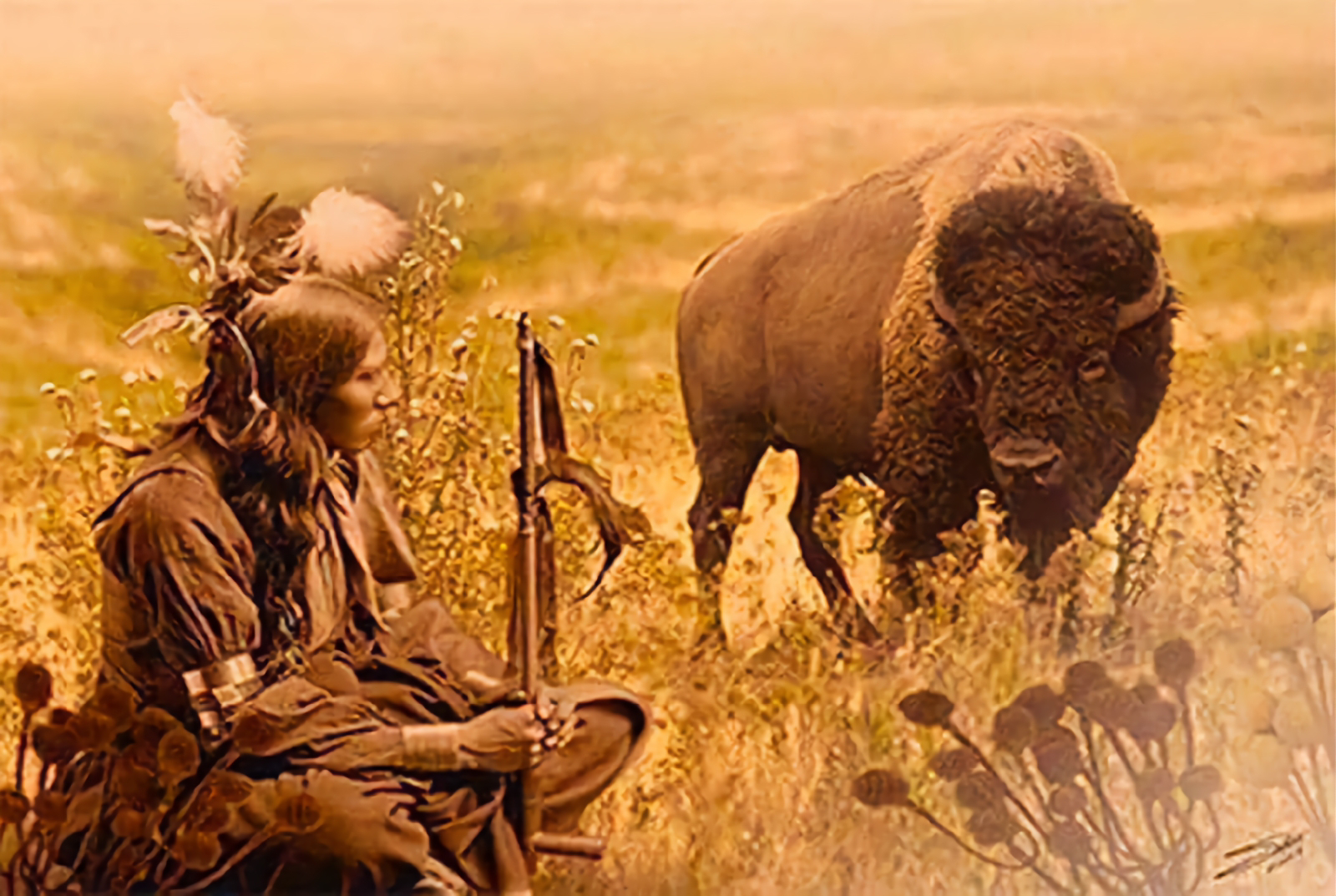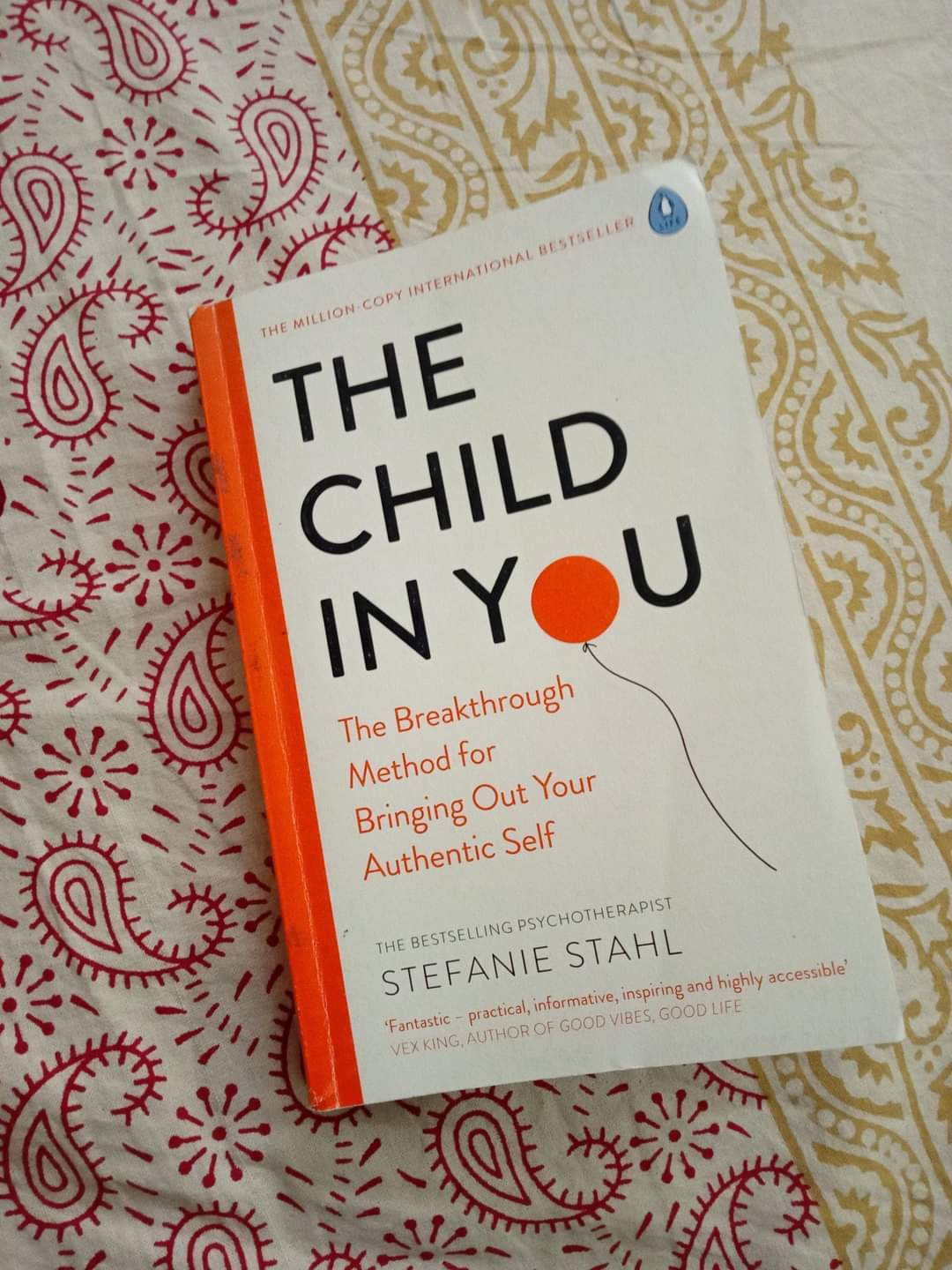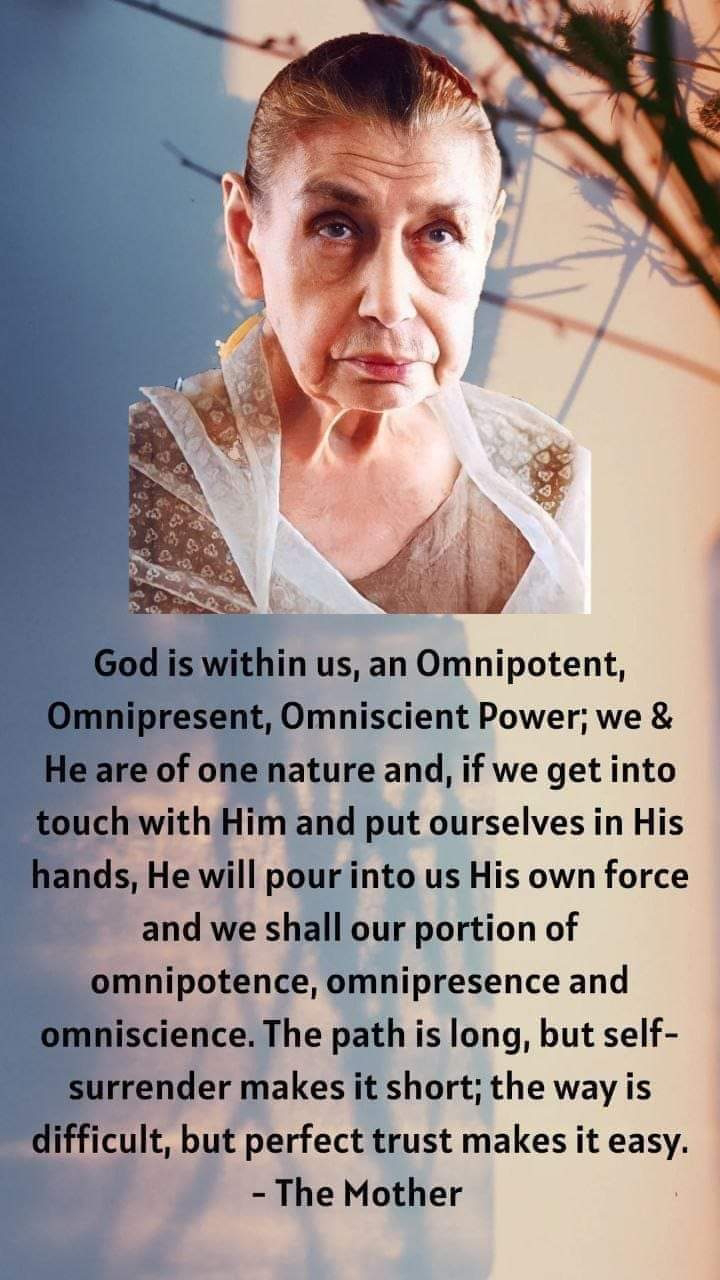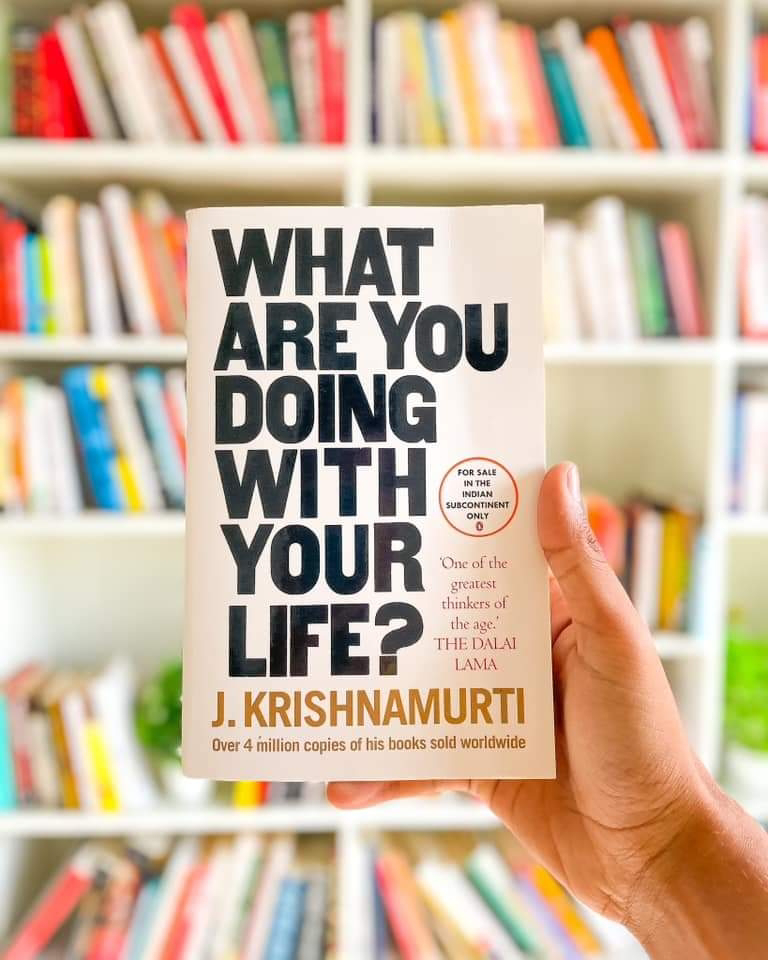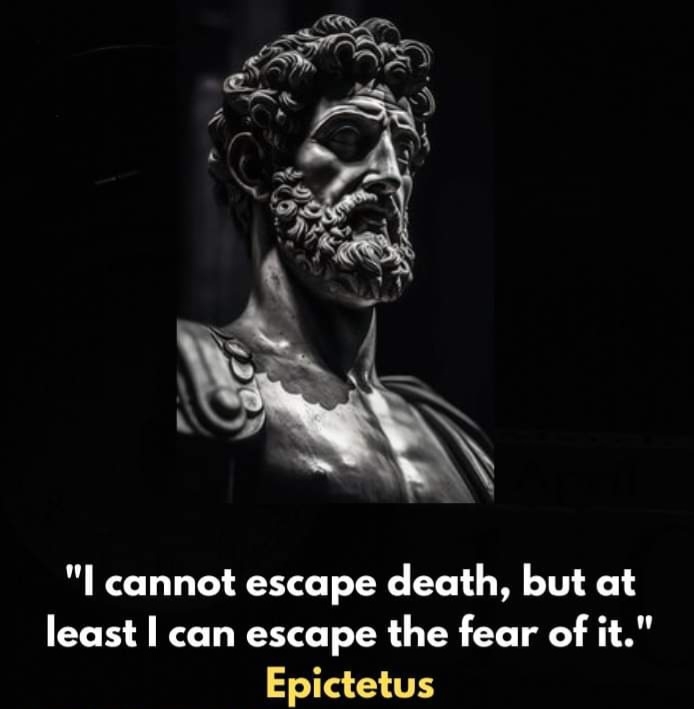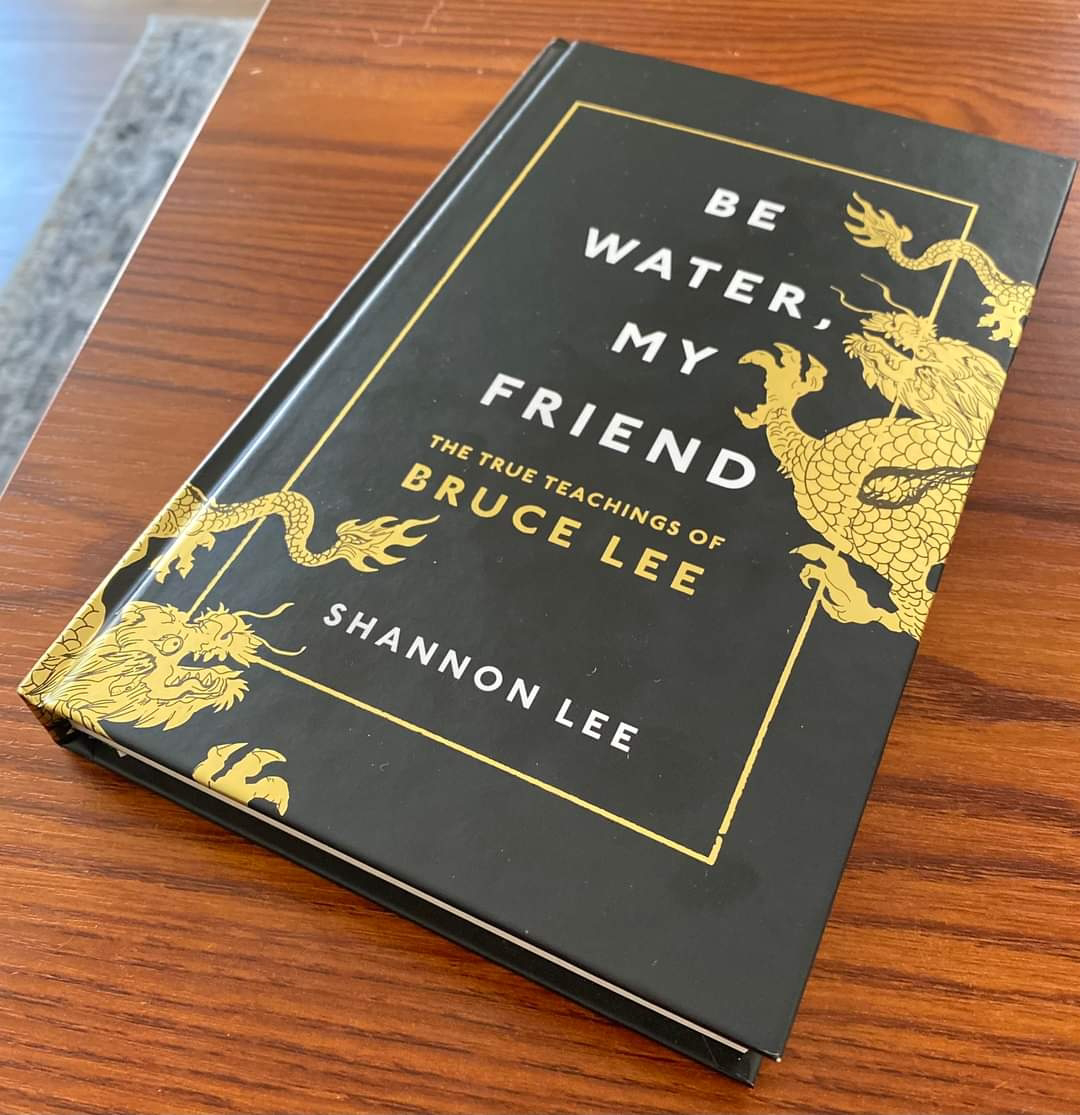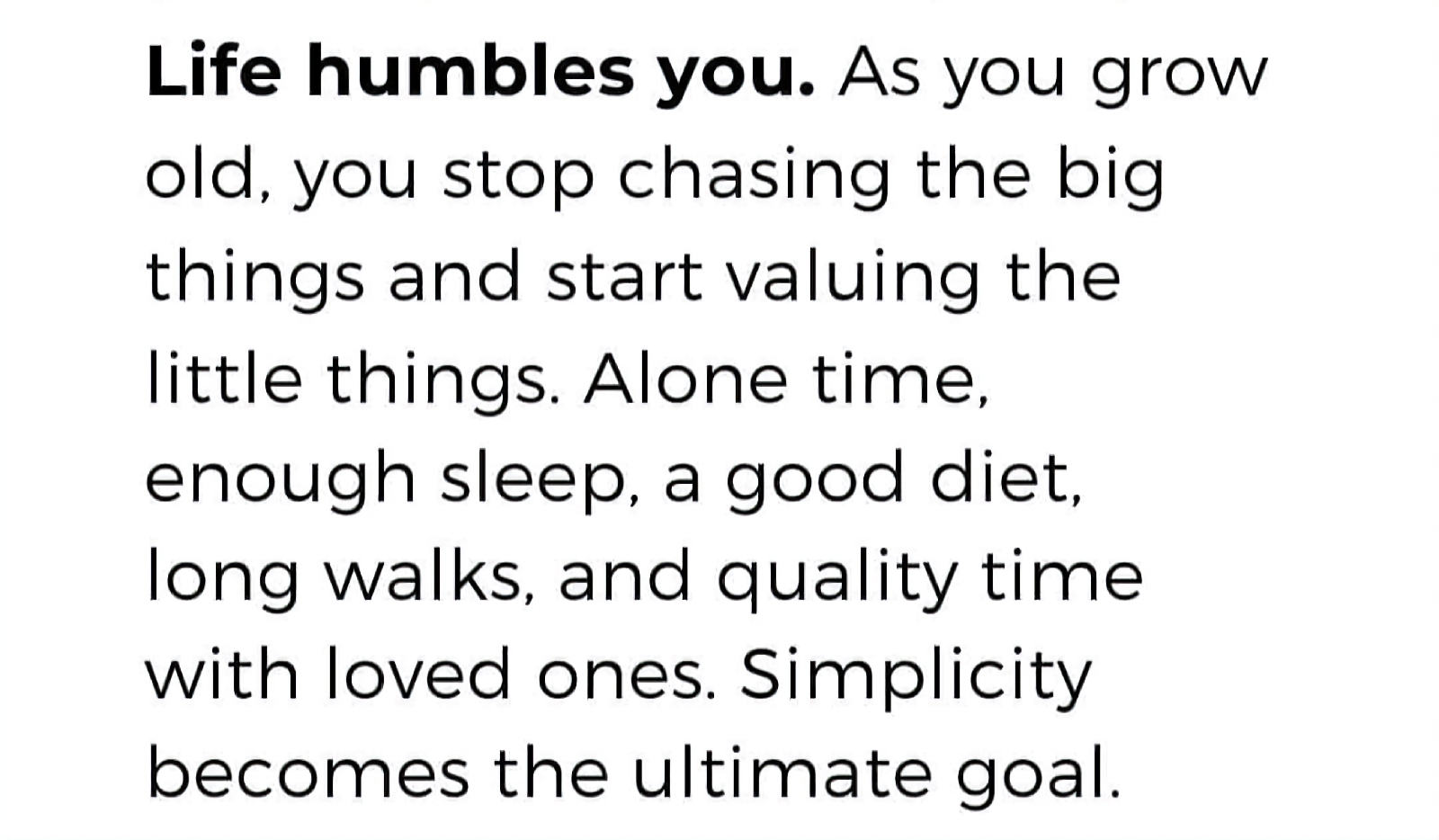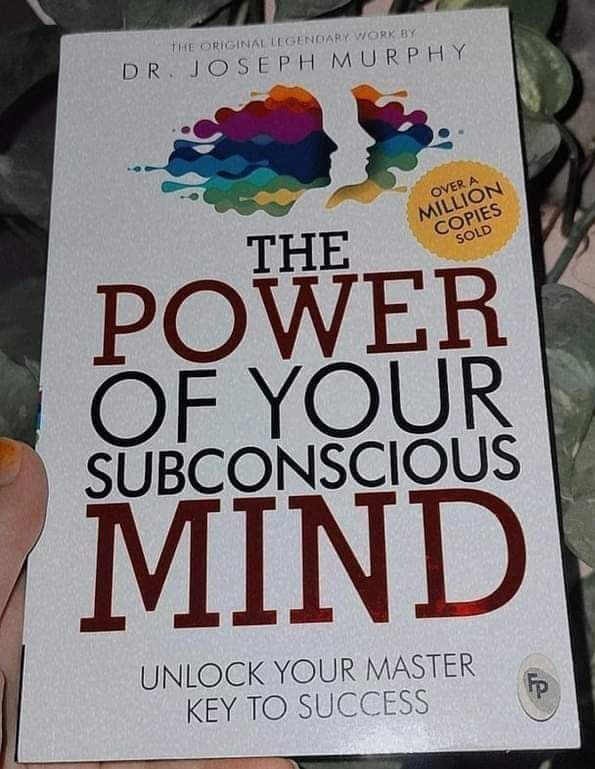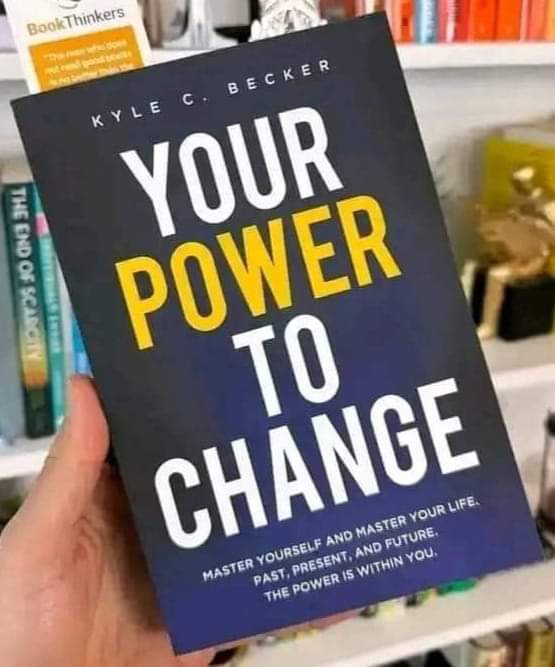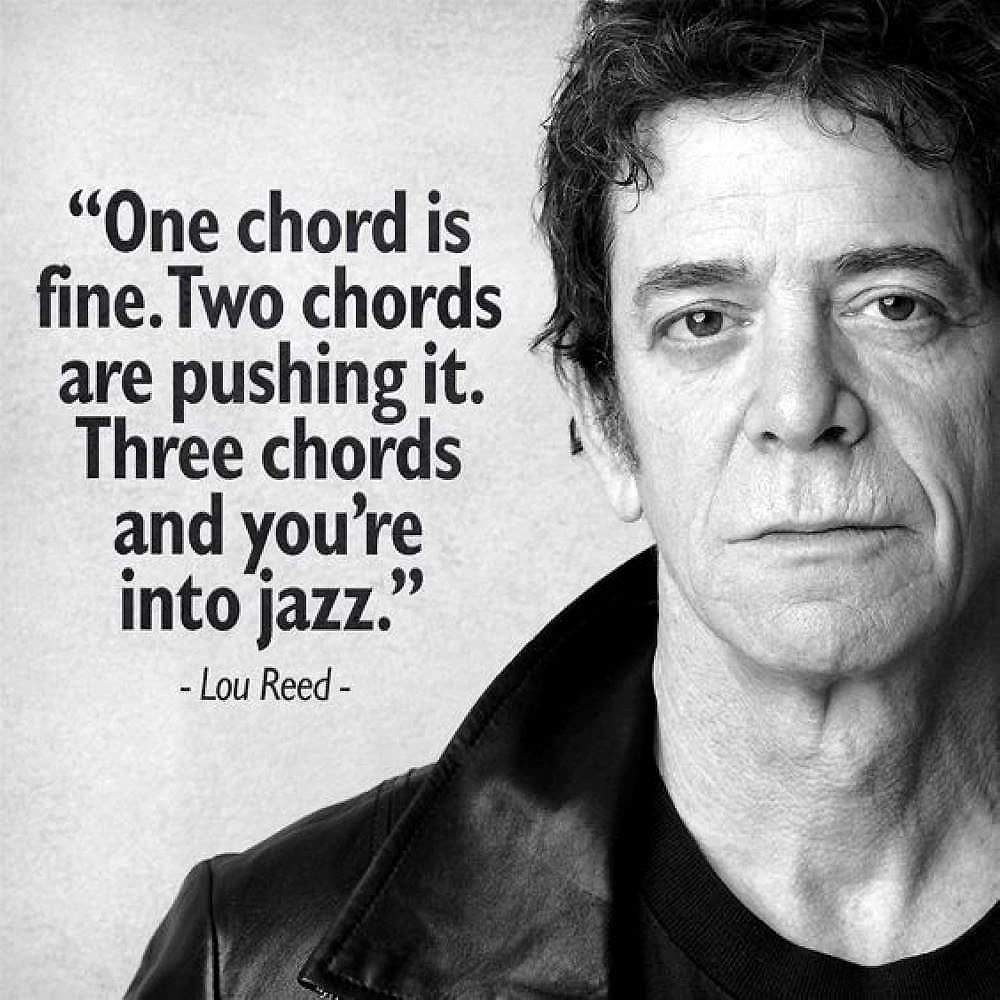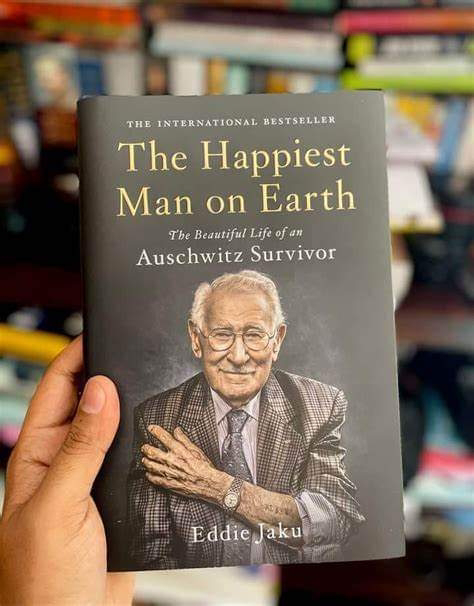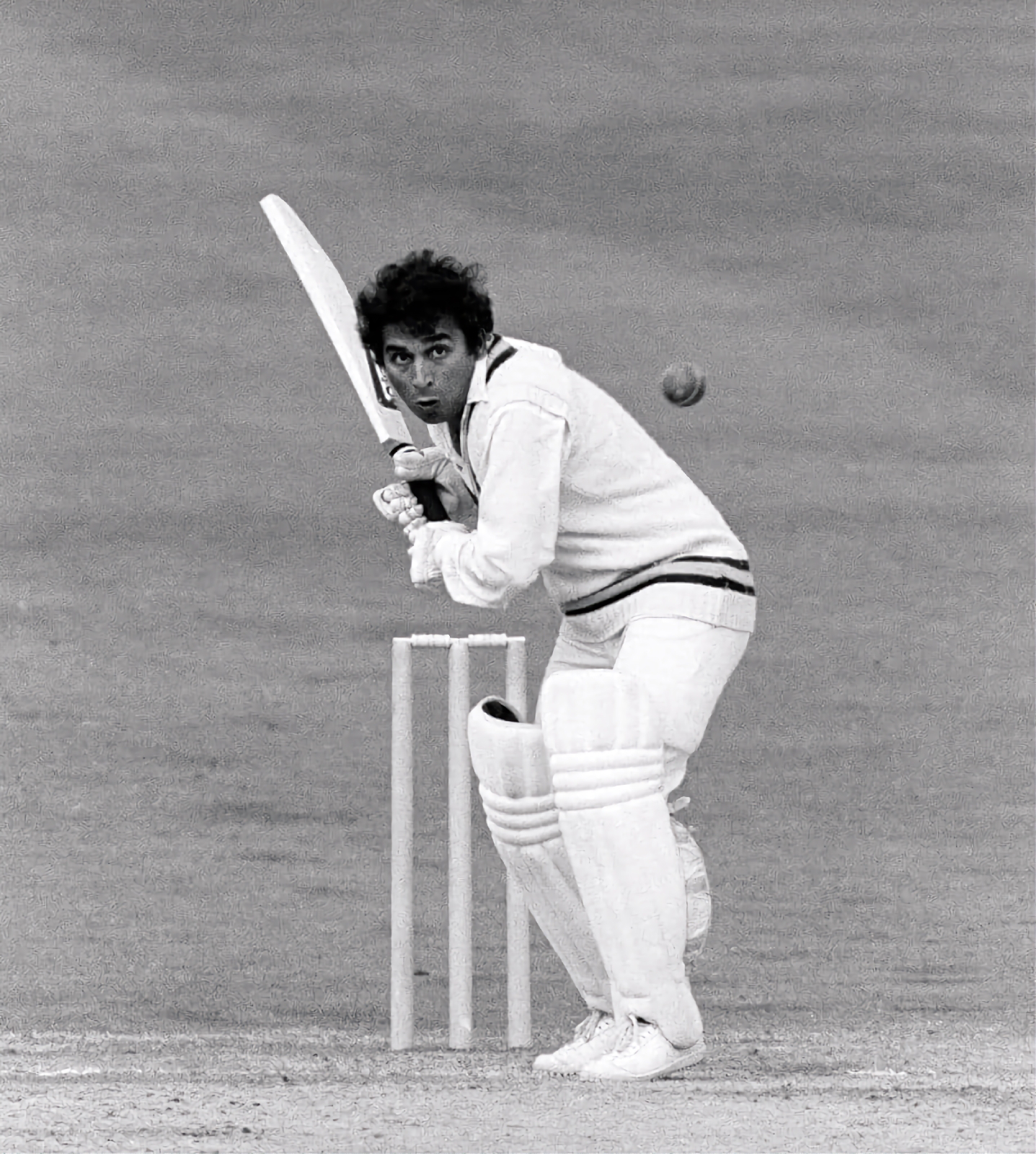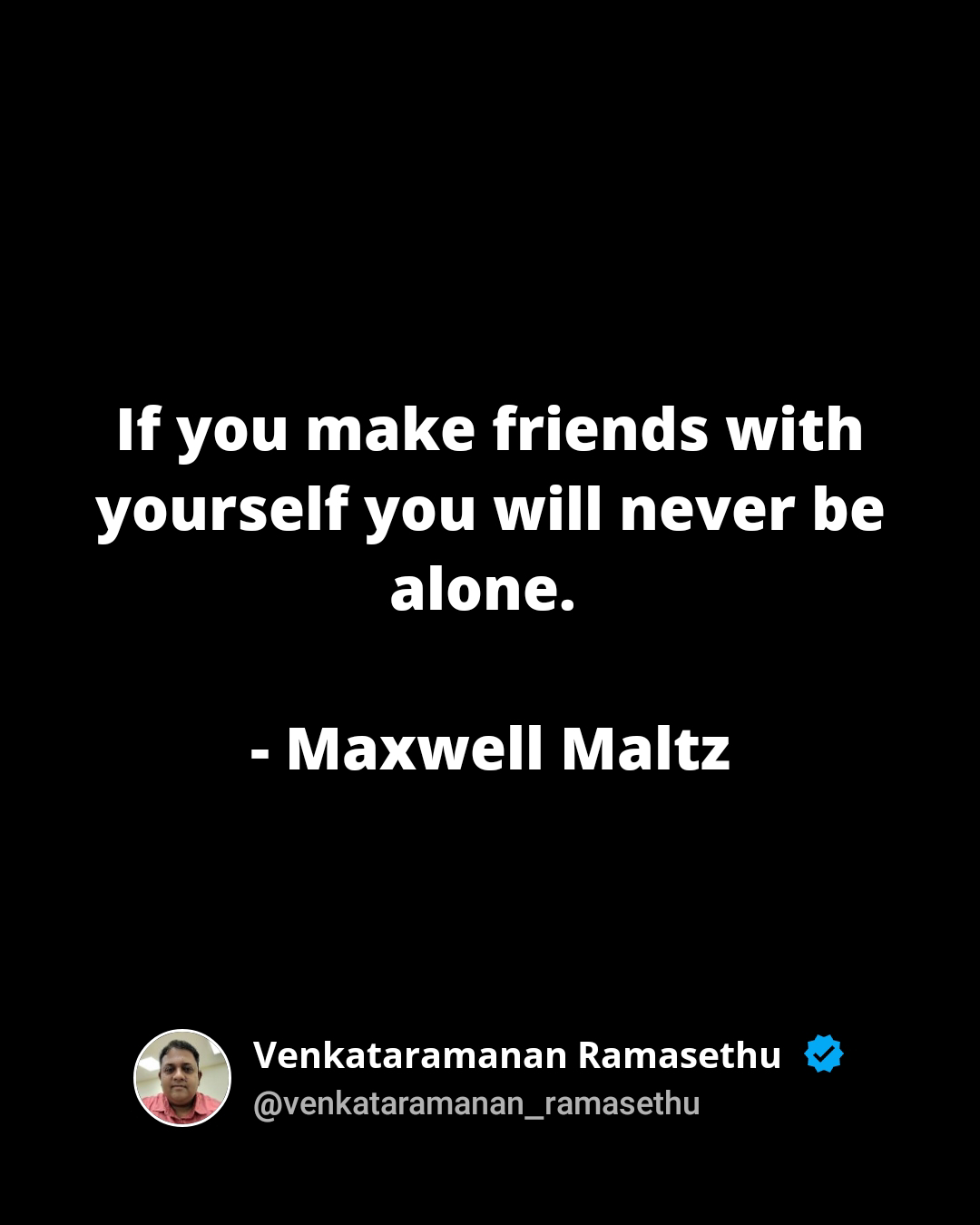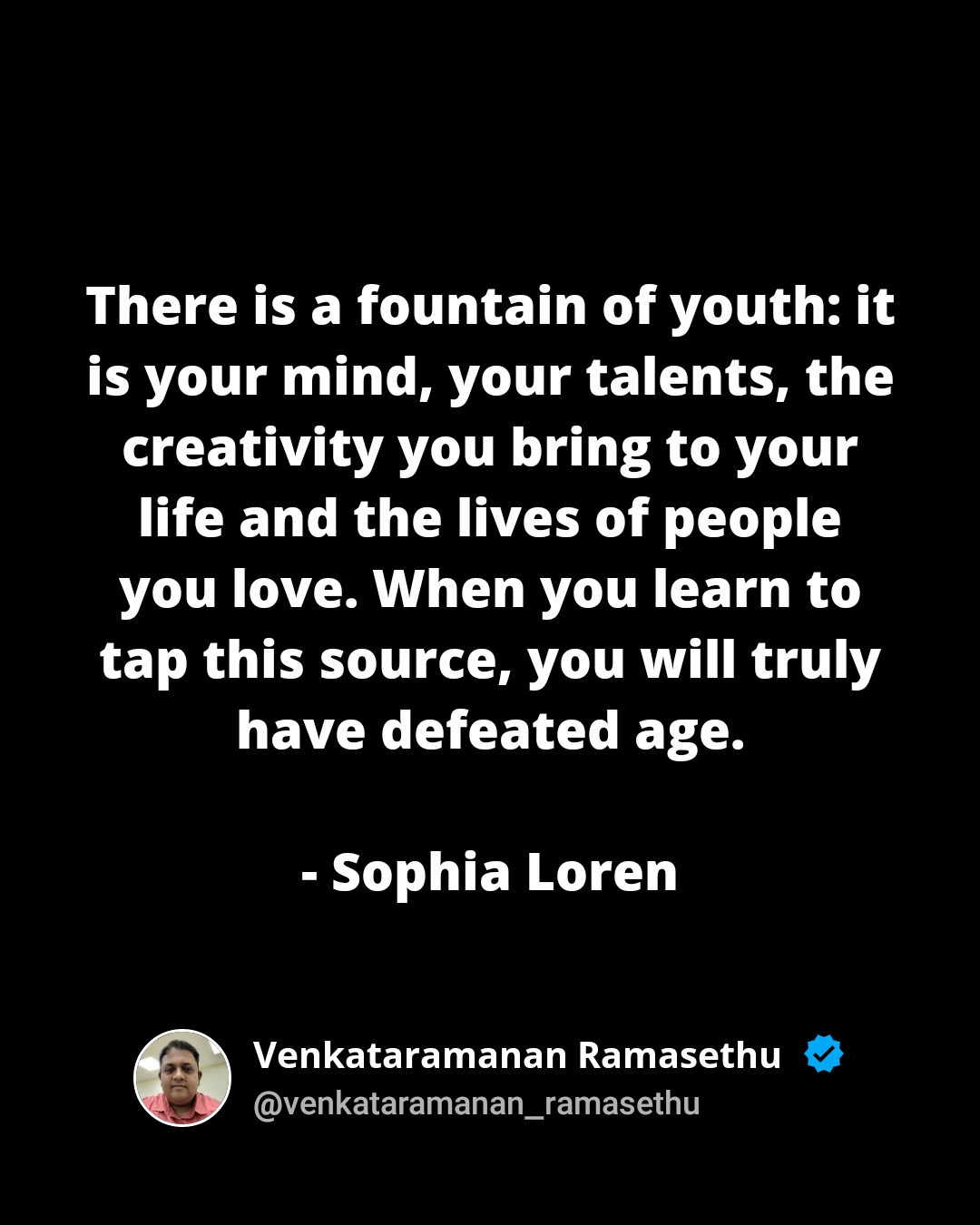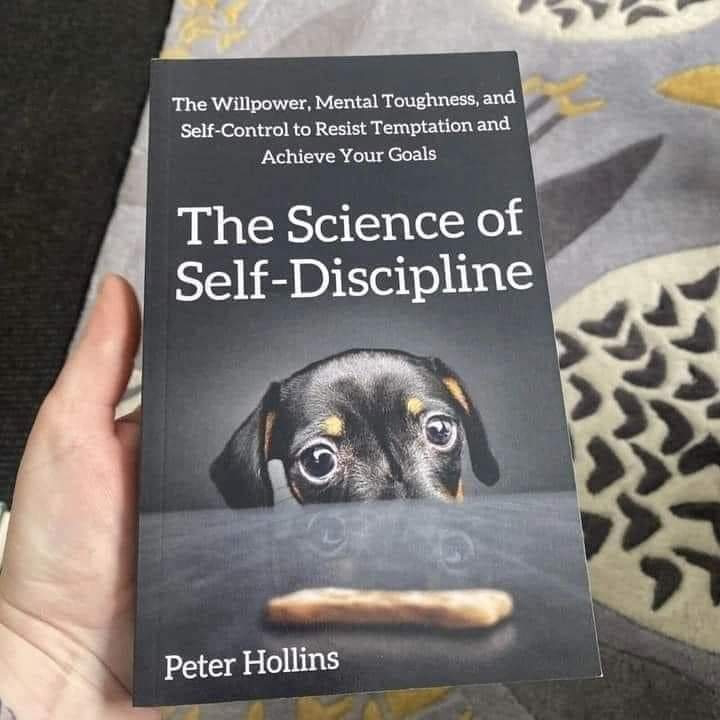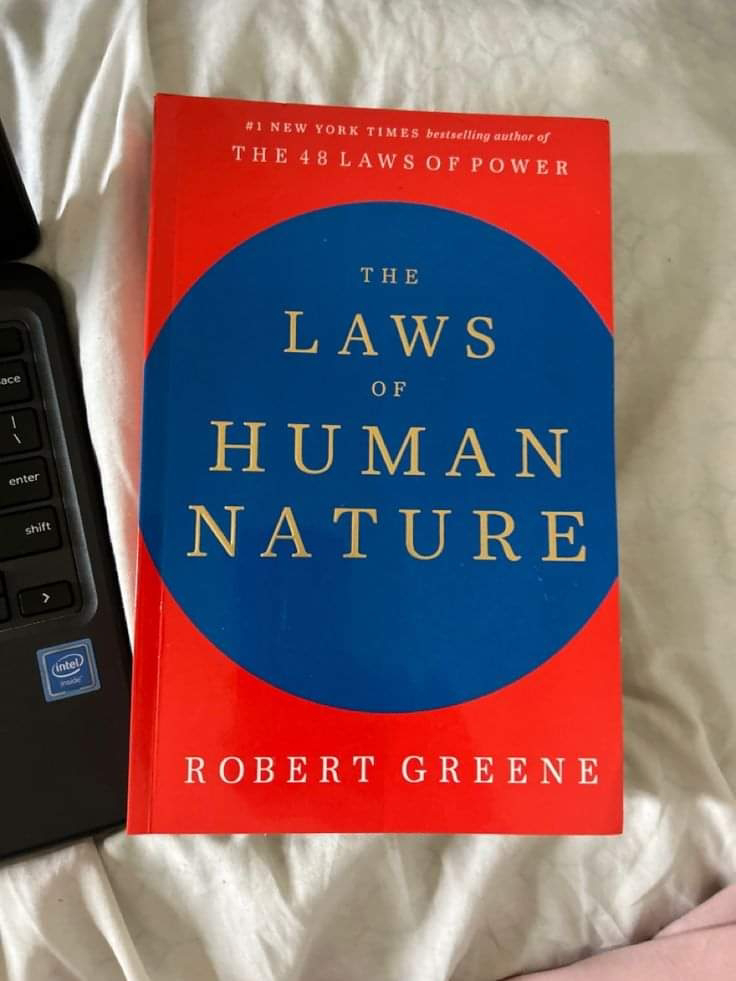In a land of sights unseen and light's embrace, A guild of keen-eyed sages doth take its place.
In a land of sights unseen and light's embrace, A guild of keen-eyed sages doth take its place. With lenses polished, frames aligned so fine, The optometrist's art, a craft divine. In chambers draped with velvet's deep maroon, Beneath the watchful eye of the crescent moon, They toil with grace, in silence and in sound, To bring the world to those whose sight is bound. Through orbs of glass, the world anew is seen, With clarity that once had never been. The optometrist, with gentle, knowing gaze, Illuminates life's vibrant, hidden maze. In Victorian halls where whispers softly tread, Beside the ancient books, their wisdom spread. Their instruments, like scepters, held in hand, Reveal the secrets only they understand. "Come forth," they beckon, to the blurry eyed, In their noble quest, no truth is denied. With every lens, a new perspective born, A world of wonder, no longer forlorn. So here's to those who guide our faltering sig
